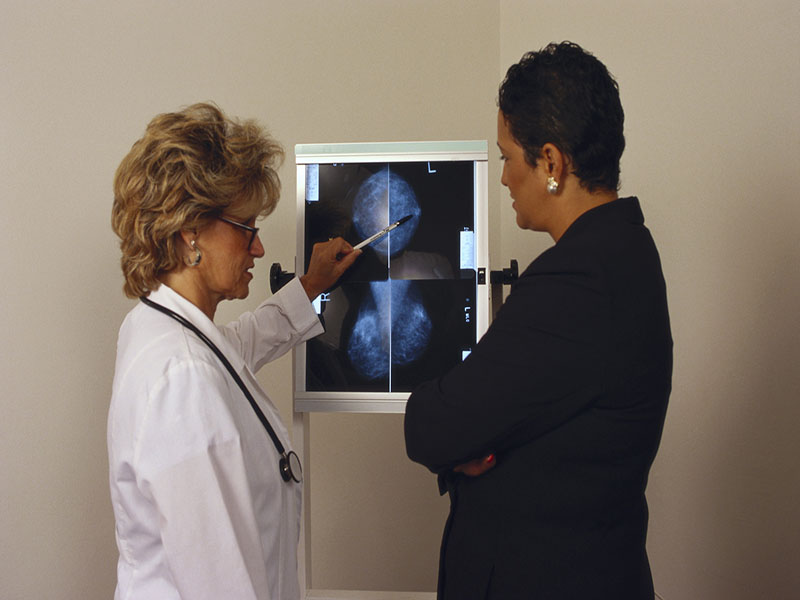TUESDAY, Oct. 17, 2017 (HealthDay News) — Machines armed with artificial intelligence may one day help doctors better identify high-risk breast lesions that might turn into cancer, new research suggests.
High-risk breast lesions are abnormal cells found in a breast biopsy. These lesions pose a challenge to doctors and patients. The cells in such lesions aren’t normal, but they’re not cancerous either. And although they can develop into cancer, many don’t. So, which ones need to be removed?
“The decision about whether or not to proceed to surgery is challenging, and the tendency is to aggressively treat these lesions [and remove them],” said study author Dr. Manisha Bahl.
“We felt like there must be a better way to risk-stratify these lesions,” added Bahl, director of the breast imaging fellowship program at Massachusetts General Hospital.
Working closely with computer scientists at Massachusetts Institute of Technology, researchers developed a “machine-learning” model to distinguish high-risk lesions that need to be surgically removed from those that could just be watched over time.
Machine learning is a type of artificial intelligence. The computer model automatically learns and improves based on previous experiences, the researchers explained.
The researchers gave the machine a lot of information about established risk factors, such as the type of lesion and patient age. The researchers also fed it the actual text from the biopsy report. Overall, there were 20,000 data elements included in the model, the researchers said.
The test of the machine-learning model included information from slightly more than 1,000 women who had a high-risk lesion. About 96 percent of these women had their lesion surgically removed. Approximately 4 percent of women didn’t have their lesions removed, but instead had two years of follow-up imaging tests.
The model was trained with two-thirds of the cases, and tested on the remaining third.
The test included 335 lesions. The machine correctly identified 37 of the 38 lesions (97 percent) that had developed into cancer, the study said. The model also would have helped women avoid one-third of surgeries on lesions that would have remained benign during the follow-up period.
In addition, Bahl said, “the model picked up on text in the biopsy report — the words severely and severely atypical conferred a higher risk of upgrade to cancer.”
Bahl said the researchers are hoping to incorporate mammography images and pathology slides into the machine learning model, with the goal of eventually including this in clinical practice.
“Machine learning is a tool that we can use to improve patient care — whether that means reducing unnecessary surgeries or being able to provide more information to patients so they can make more informed decisions,” Bahl said.
Dr. Bonnie Litvack is medical director of the women’s imaging center at Northern Westchester Hospital in Mt. Kisco, N.Y.
“Women should know that there is a new type of machine learning that’s helped us identify high-risk lesions at low risk of cancer. And, we may soon have more information for them when they’re faced with the decision of whether to have surgery to excise these high-risk lesions or not,” said Litvak, who wasn’t involved in the study.
“Artificial intelligence is an exciting field that will help us give women more data and help with shared decision-making,” Litvack added.
The study was published Oct. 17 in Radiology.
More information
Learn more about benign breast conditions from the American Cancer Society.
Copyright © 2025 HealthDay. All rights reserved.

